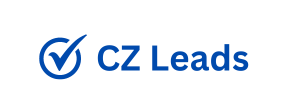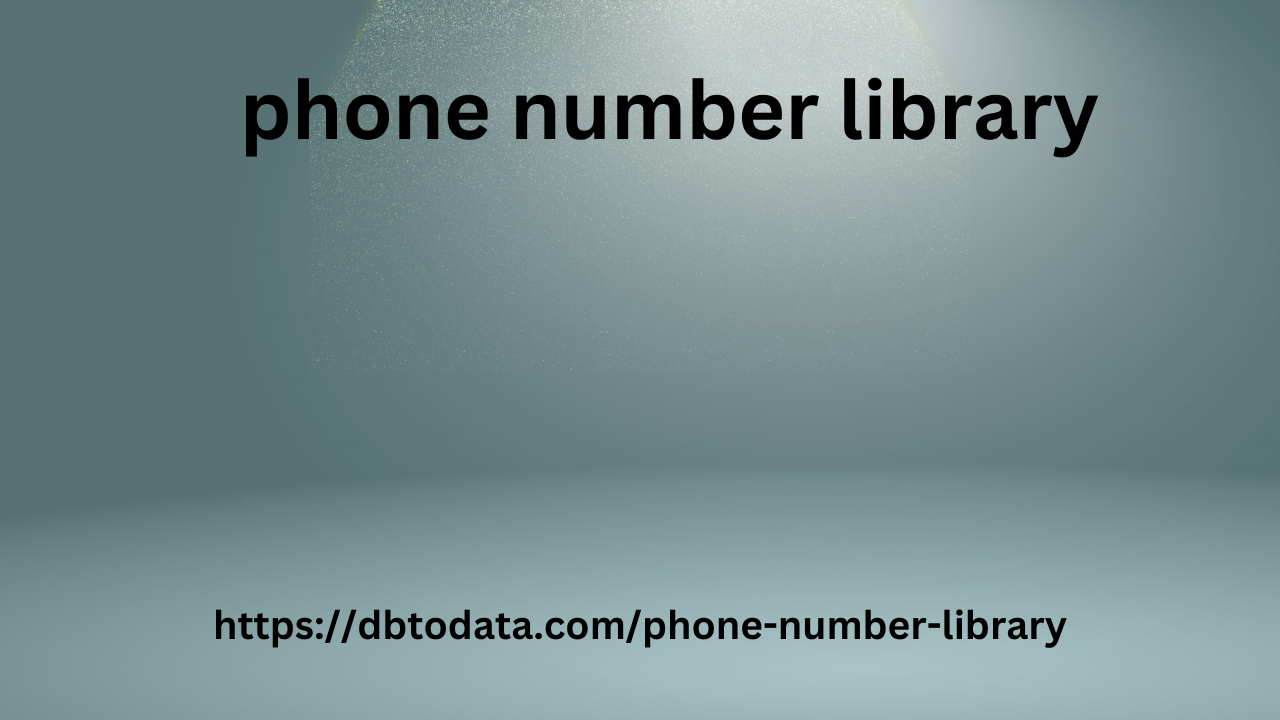Contextual advertising in Yandex search results brings in “hot” clients. They are ready to buy the exact product you want to offer them. Clients who came from social networks via targeted advertising are mostly “warm” clients. They are less likely to buy a product, and even from you. Sound familiar?
By and large, this was the case before contextual targeting appeared on VKontakte. In this article, we will consider who contextual targeting is suitable for, how it works, and why it is not enough to take a list of queries from Yandex Direct campaigns and launch it on social networks. Contextual targeting on VKontakte: nuances.
It is suitable for those who
are represented on the Internet – have a website;
sell almost anything: from socks to apartments in business-class residential complexes;
offer a product with already formed demand. Contextual targeting on VKontakte: nuances.
Contextual targeting is not suitable if you:
What is contextual targeting on VKontakte
Contextual targeting on VKontakte is showing ads to people who entered queries into the search lines of all VK projects (until October 2021, the company was called Mail.ru Group). Among these projects: the Yula classifieds service, the Mail.ru Search search engine, and the VKontakte and Odnoklassniki social networks.
VKontakte announced the launch of contextual targeting in September 2020, positioning it as a tool for beginners. It is for this audience that the advertising afghanistan phone number library account has hints for choosing key phrases. But don’t rush to blindly trust the system. Careful selection of a list of key phrases and optimization of launched campaigns is an important condition for the effective operation of the tool.
Hints in the VKontakte advertising system interface
How to create an effective list of key phrases
Many targetologists resort to tricks to speed up the launch – they take a list thanks to stock software of key phrases from Yandex Direct and upload it to the VKontakte account. We do not recommend doing this.
The fact is that user behavior varies depending on where they are looking for information. In search engines, people enter verbose or informational queries.
In Yandex, the query “How to remove quick signs a stain from a sofa” is a common thing, but it is unlikely that anyone will enter such a query on Yula. Therefore, for a list in social networks, we will not need long queries and a large list of minus phrases, which will contain phrases like “remove a stain” and the like.
To collect an effective list, you need to go to the landing page and collect the names of all products or services. We record them along with their characteristics. For convenience, it is better to divide all queries into categories:
Product (service) queries
Name of a product or service (debit card, credit card);
name of a product or service with clarification (debit card with cashback, free credit card).
Brand queries
your brand with clarification of the product (get a Renaissance card);
competitor’s brand with clarification of the product (get a Sber card).
General queries (bank card).
General and brand queries without clarifications are suitable for outreach advertising, product and brand queries with clarifications are good for performance campaigns.
If after collecting the list you see a small audience (up to 30,000 people), combine queries for your brand and competitors with similar prices and characteristics into one list. If queries for your brand are quite high-frequency, launch a campaign on the list of competitors separately.
Example of a list for plastic windows. One negative keyword is enough
Be sure to check the finished list for cannibal queries – these are broad queries that pull all the actions in the statistics for several narrow queries. For example, in the list:
Order targeted advertising
There is one cannibalizing query – “bank card”. This query will take all the traffic. This is good if you need a reach campaign, but not so good if you are focused on performance and plan to analyze advertising at the keyword level.
We will talk about approaches to analytics below, but for now let’s summarize. You have compiled a good list if:
Your list contains different types of queries, but none of them are too narrow;
The search period corresponds to how many days, on average, people choose your product;
You added only a couple of the most necessary negative keywords (it is better to have no negative keywords than a full list from colleagues from the context).
No more than 200 phrases can be added to the settings of one ad;
The maximum search period is 30 days;
You can add no more than 11,250 characters to the field for entering contextual phrases.


